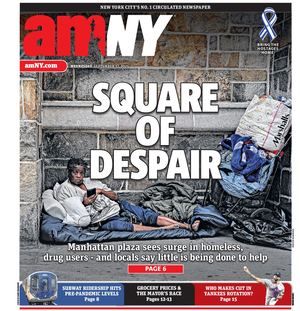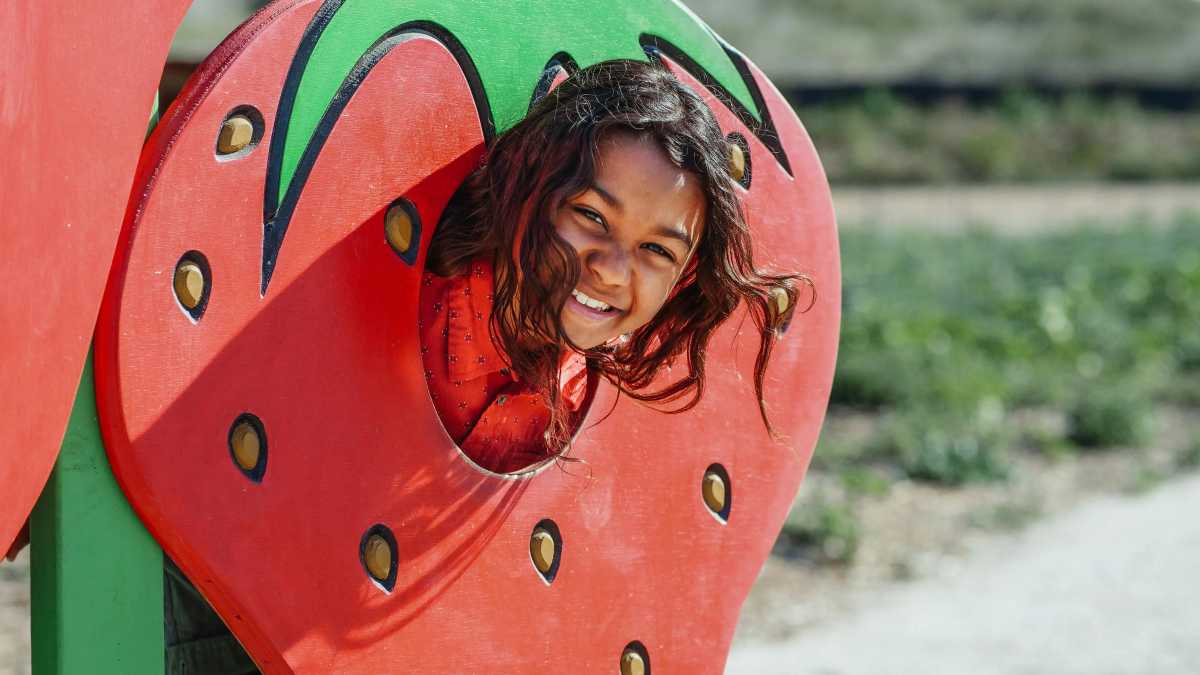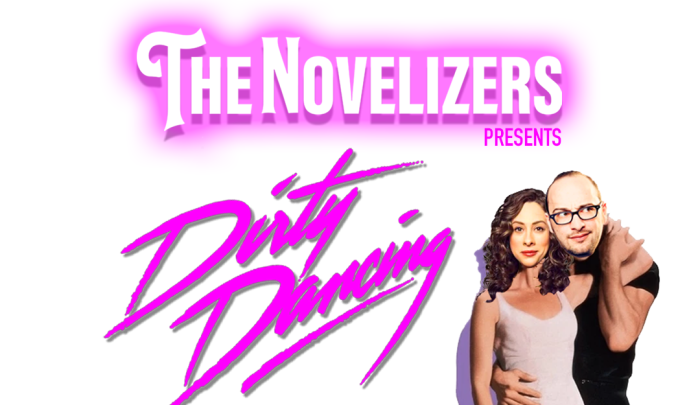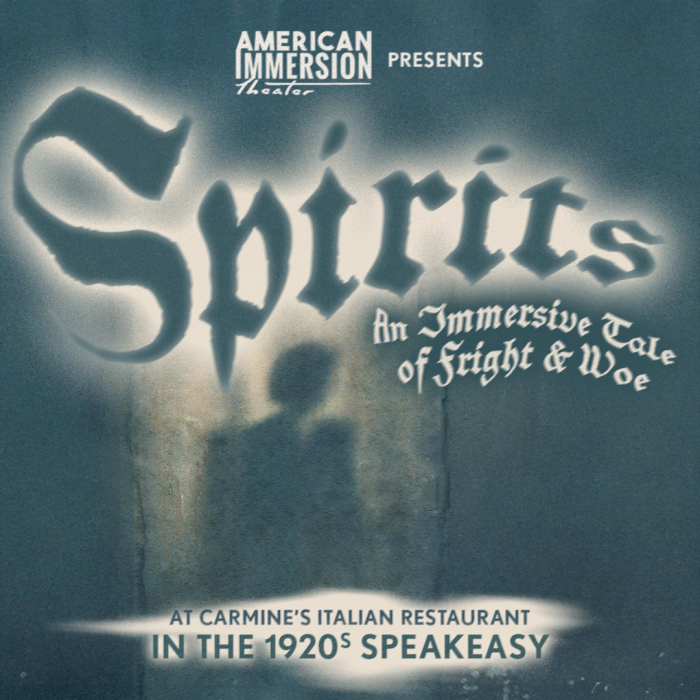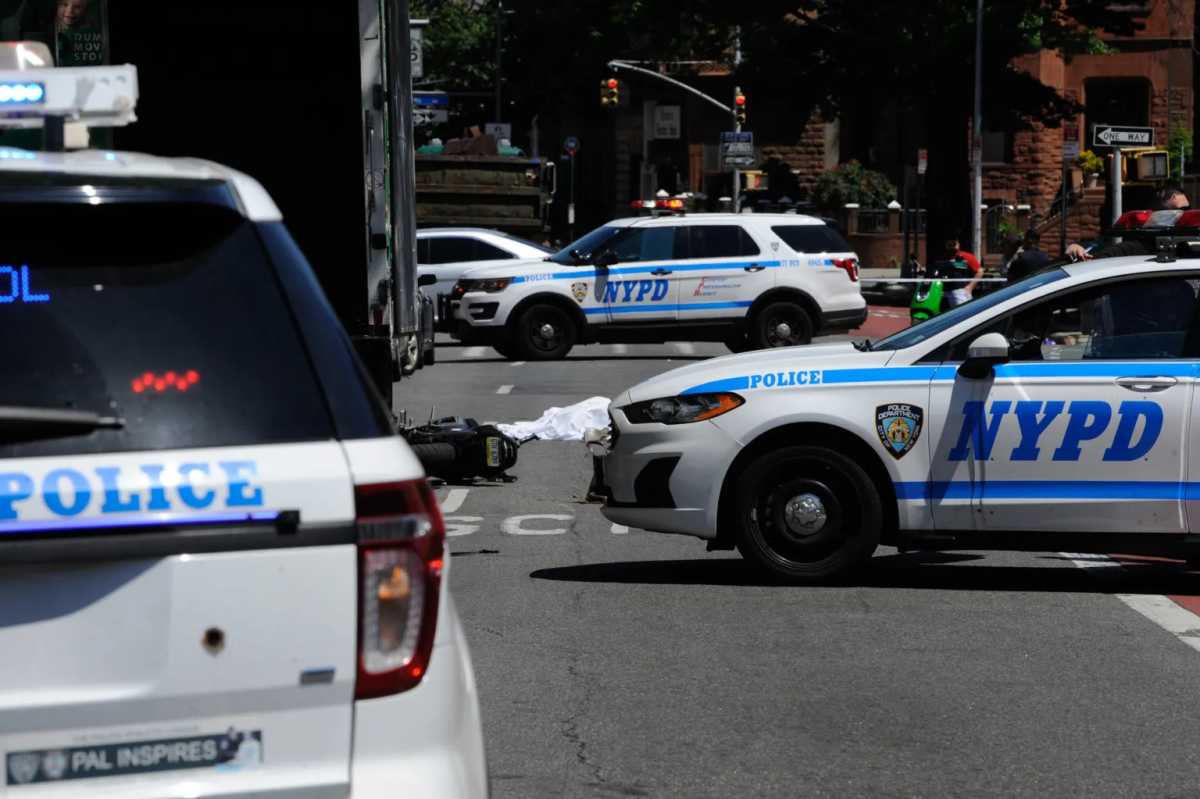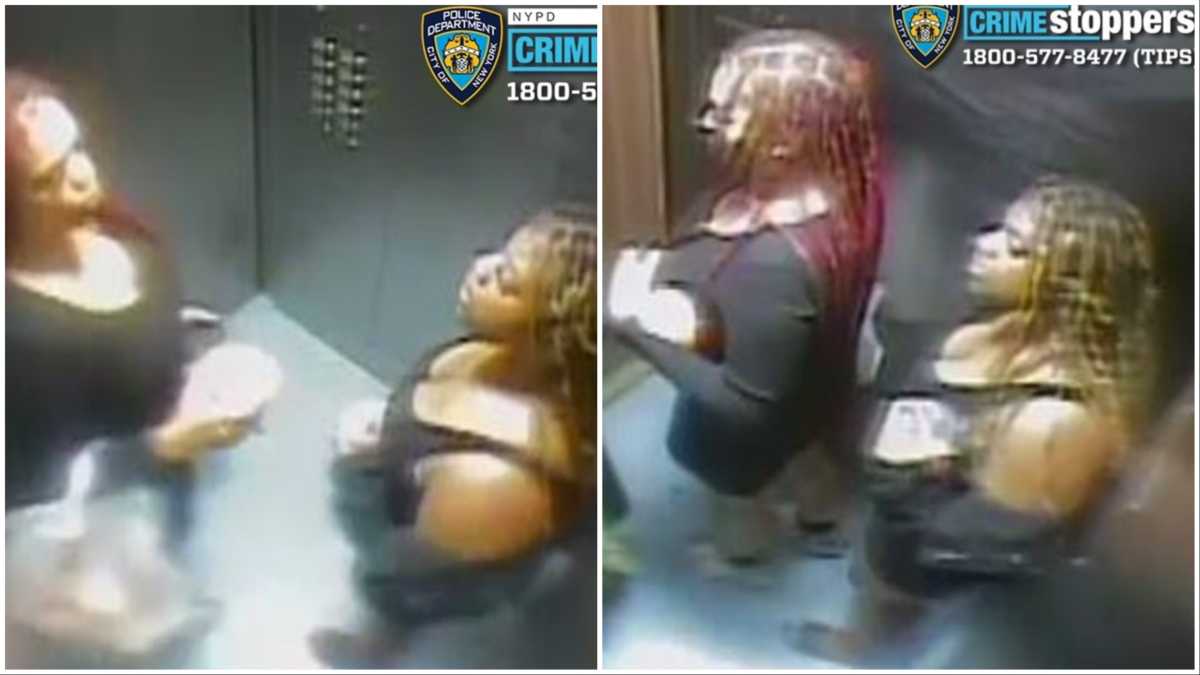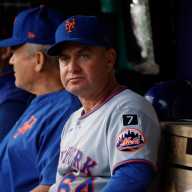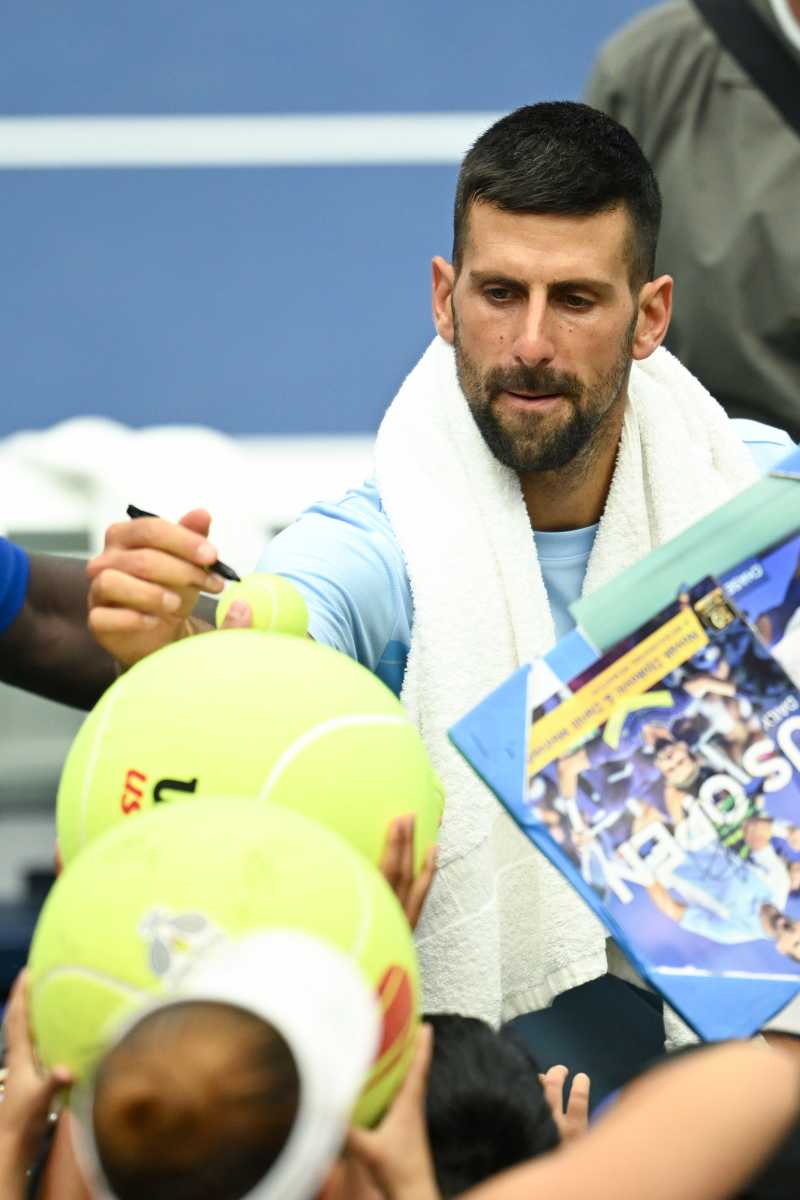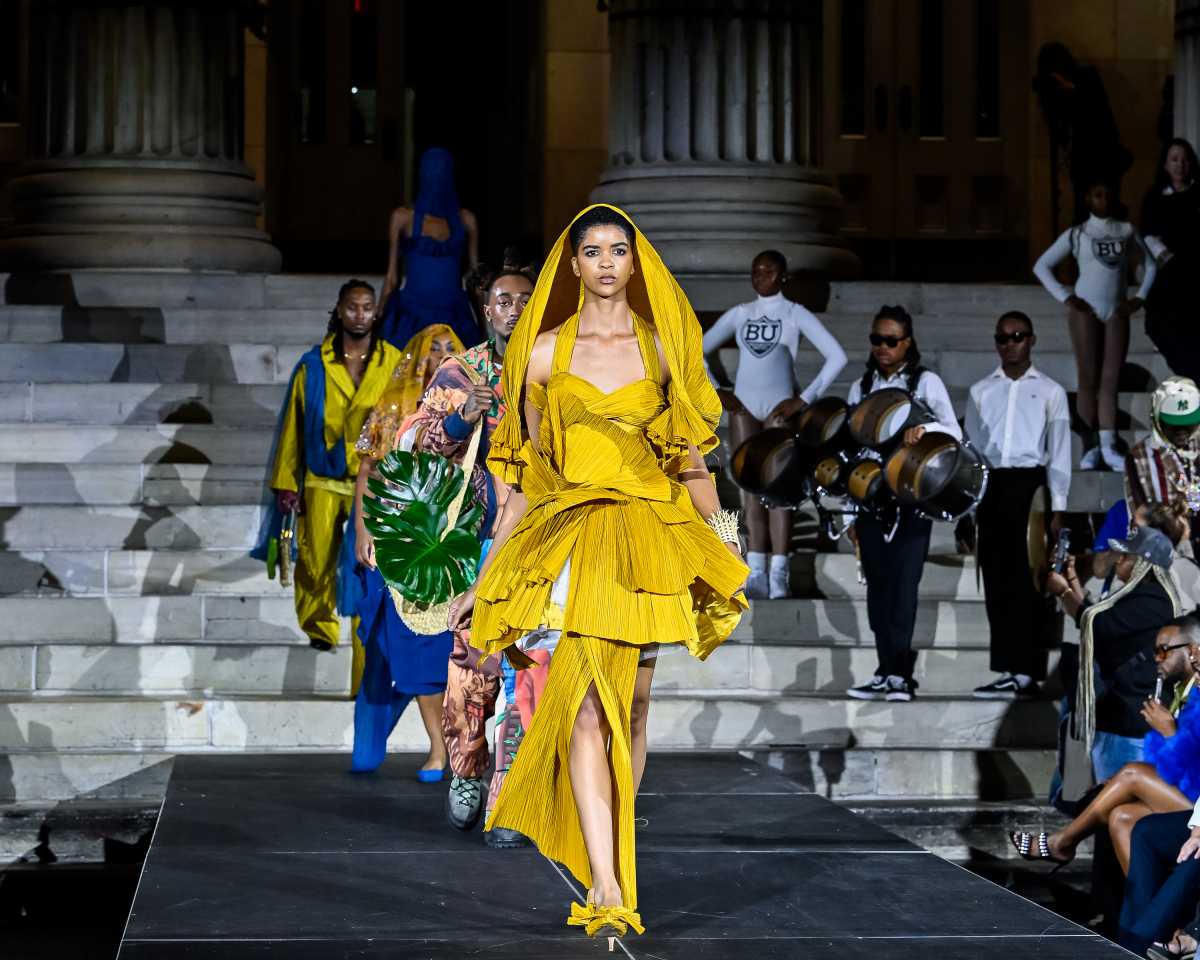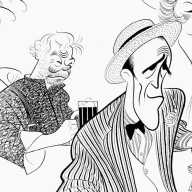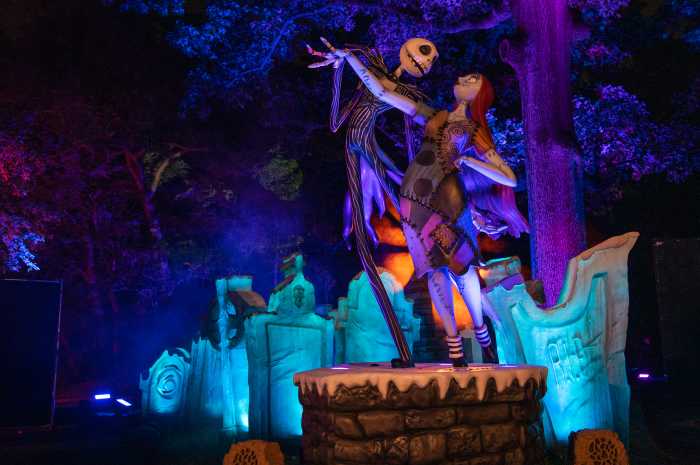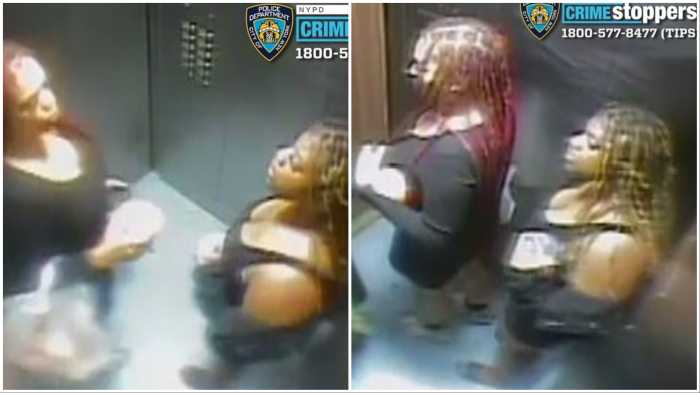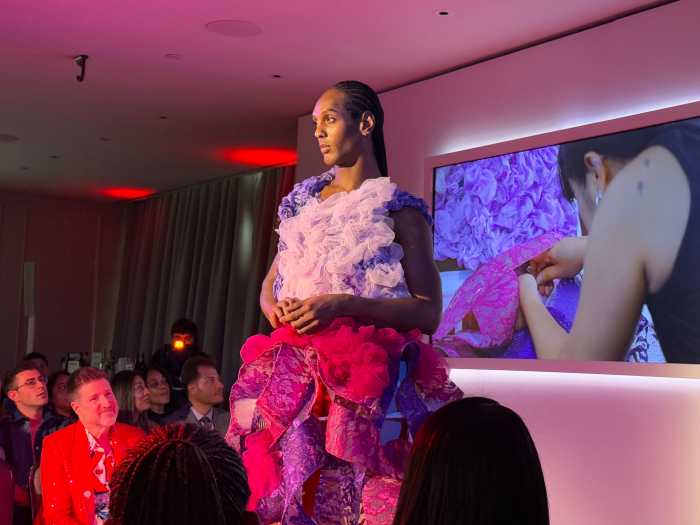
Court 16 wants to make tennis accessible to everyone — including people with visual impairments.
Through its Sound of Tennis program, the Gowanus tennis facility provides the opportunity for people who typically might not be able to play the sport to pick up a racket and get swinging.
“The goal from Court 16 from the beginning was to form a very inclusive community,” said Nick Nemeroff, 24, head of tennis development at the four-year-old business, which last month added the weekly workshop to its schedule of kids’ classes and adult pickleball sessions. “Now we’ve gotten the resources and the brain power . . . It’s one of the most fulfilling experiences I’ve had relating to tennis.”
Tennis adapted for players with visual impairments was invented in Japan by a blind student in the 1980s and has since gotten some traction globally, with tournaments held through the International Blind Tennis Association. In the United States, it can be found at some schools and summer camps.
At Court 16, the participants — who may range from totally blind to partially sighted — play on a court that, in lieu of taped lines, uses rope and rubber gym matting cut into strips.
Instead of standard yellow tennis balls, the class incorporates soccer balls. It also uses balls with bells inside of them so that the players hear a jingle — a departure from the standard Ping-Pong ball filled with lead pellets.
“We focus on tennis and wanted it to be the proper swing, and these give a better bounce,” said Brooke Severance, 22, a coach and specialty programming coordinator at Court 16. “When we do eventually hope to have tournament players — a lot of them are really, really pumped — we’ll get them used to the international ones as well. But we want them to have a good foundation first.”
The hourlong class, which offers one-on-one instruction with four people to a court, gives players a chance to laugh together and feel empowered, Severance said.
For Roberta Feliz, the hourlong trek from her Manhattan home to take a recent Wednesday evening class was worth it.
“In school, everybody played something, and I was the only one who wasn’t able to play,” said Feliz, who has low vision. “I like tennis. I wanted to learn and I wanted to play, but since the ball is so small, I never gave it a try.”
Playing tennis has been a dream of Harlem resident Eliza Cooper’s since she was a child. Her father used to bounce tennis balls for her on family vacations so she could try swinging at them. The special balls at Court 16 made it even easier, she said.
“I not only get the bounce, but I get to track it as it rolls better because it’s making a consistent sound, so it definitely gives more to the game,” said Cooper, 31, who has no usable vision. “It gives it more dimension, because I can tell where it’s going.”
Right now, the tennis program, geared toward teens and adults with visual impairments, is only available at the Gowanus location. But once the program gets up and running, Court 16 hopes to expand the program to its new Long Island City location, Severance said.
The Sound of Tennis program is free for players with visual impairments. For more information, call 718-875-5550 or visit court16.com.
